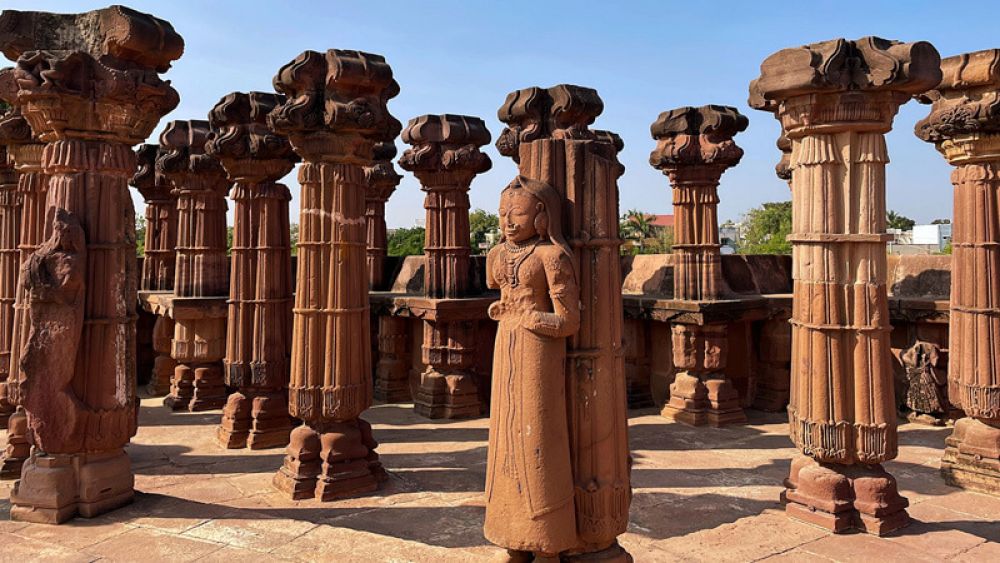

The Chhatedi in Bhuj serves as a testament to the artistic grandeur of the bygone era. These cenotaphs are a set of royal memorials built in the 18th century, showcasing the architectural brilliance of the Kutch region. This historical site became a focal point of tourism following the devastating earthquake of 2001 that hit the region, bringing to light many of Bhuj's cultural treasures, including the Chhatedi.
Initially serving as a resting place for the royal family of Kutch, this location turned into a heritage site attracting visitors desiring to appreciate the blend of Indian and European architectural styles. Despite the damage it suffered due to natural calamities, the partial restoration efforts have preserved its dignity to some extent, intriguing tourists with its resilience and grandeur.
Recently, tourism trends in Bhuj, and particularly at Chhatedi, have been shifting towards sustainable and responsible travel. There's an increased interest in understanding and appreciating the history and culture of the region rather than mere sightseeing.
Heritage Walks have become a popular activity, where tourists are guided through the historical landmarks of Bhuj, including the Chhatedi. These walks emphasize personal experiences and cultural exchanges between tourists and locals. Educating visitors about the historical significance and the architectural details of Chhatedi has become an integral part of these tours.
Another trend is the rise of photography-centric tourism, where both professional and amateur photographers are drawn to the site's aesthetic appeal. The striking remnants against the blue sky make for a compelling subject, documenting the age-old history through a modern lens.
The adoption of digital platforms for promoting tourism has bolstered interest in less-explored sites like Chhatedi. Through social media and travel blogs, more people are now aware of the location and its historical context, thus further encouraging the modern traveler to include Chhatedi in their itinerary.
Tourists planning to visit Chhatedi in Bhuj should consider the local climate and aim to visit during the cooler months of October to March. The site is open to visitors throughout the week, and there is no entry fee, making it an accessible destination for all.
Preservation and respect for the site are paramount, so visitors are urged to maintain decorum and avoid any activities that could damage the historic structures.
As Chhatedi continues to represent the rich culture and history of Bhuj, the site remains a niche yet significant part of Gujarat's tourism tapestry. Enthusiasts of history, architecture, and culture are increasingly recognizing Chhatedi Bhuj as a must-visit location to comprehend the past and its enduring impacts on the present.